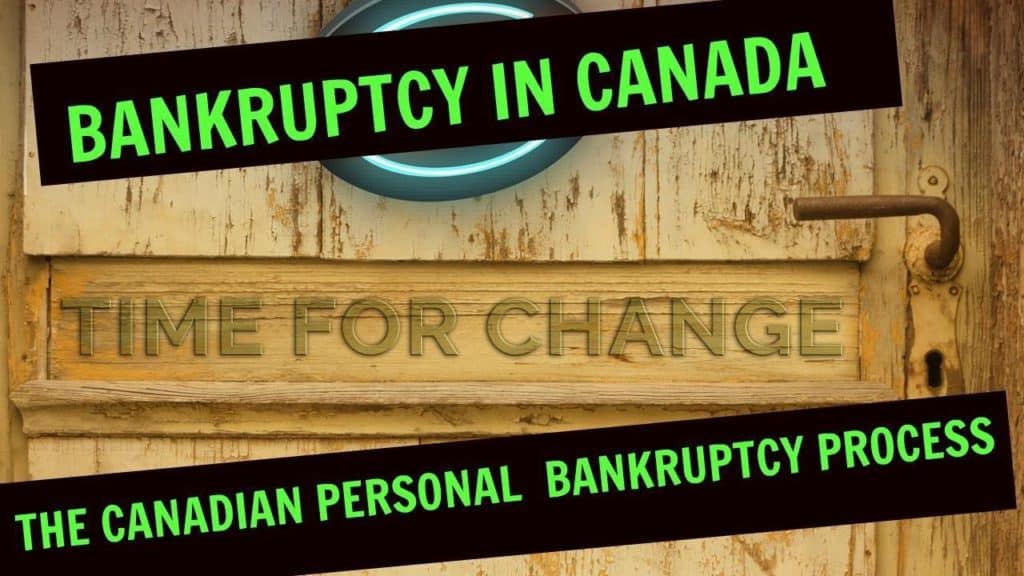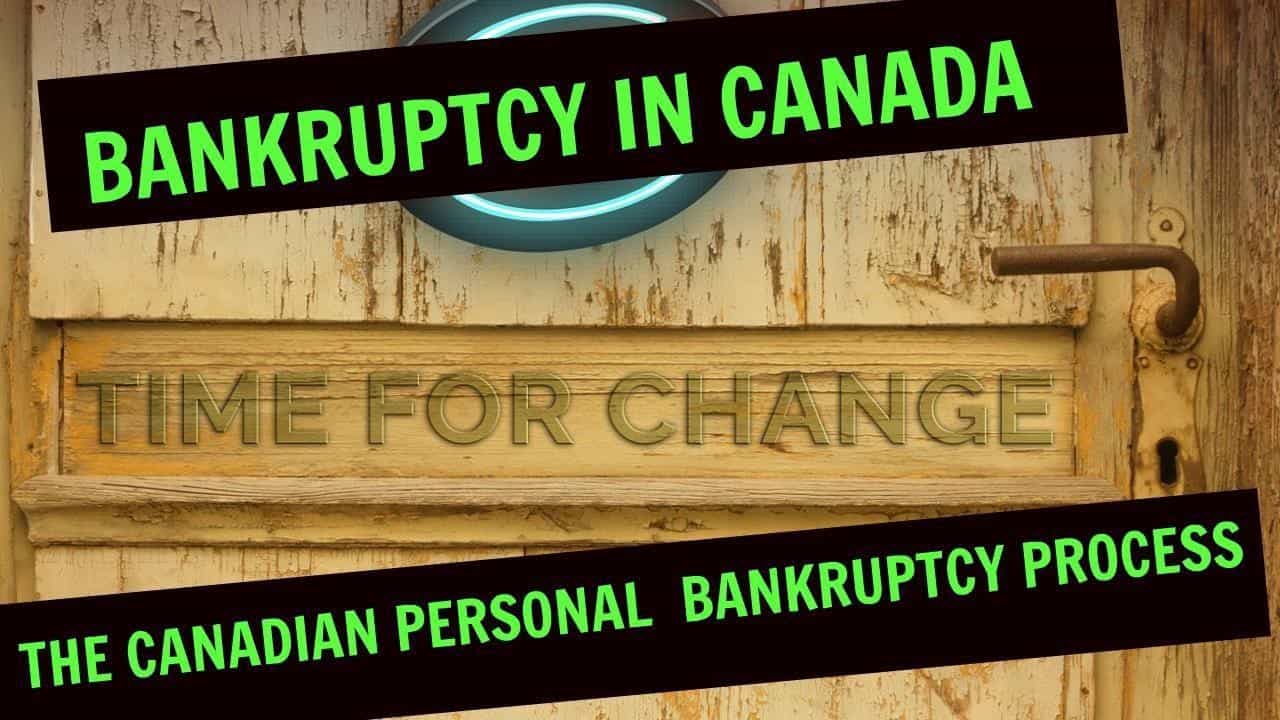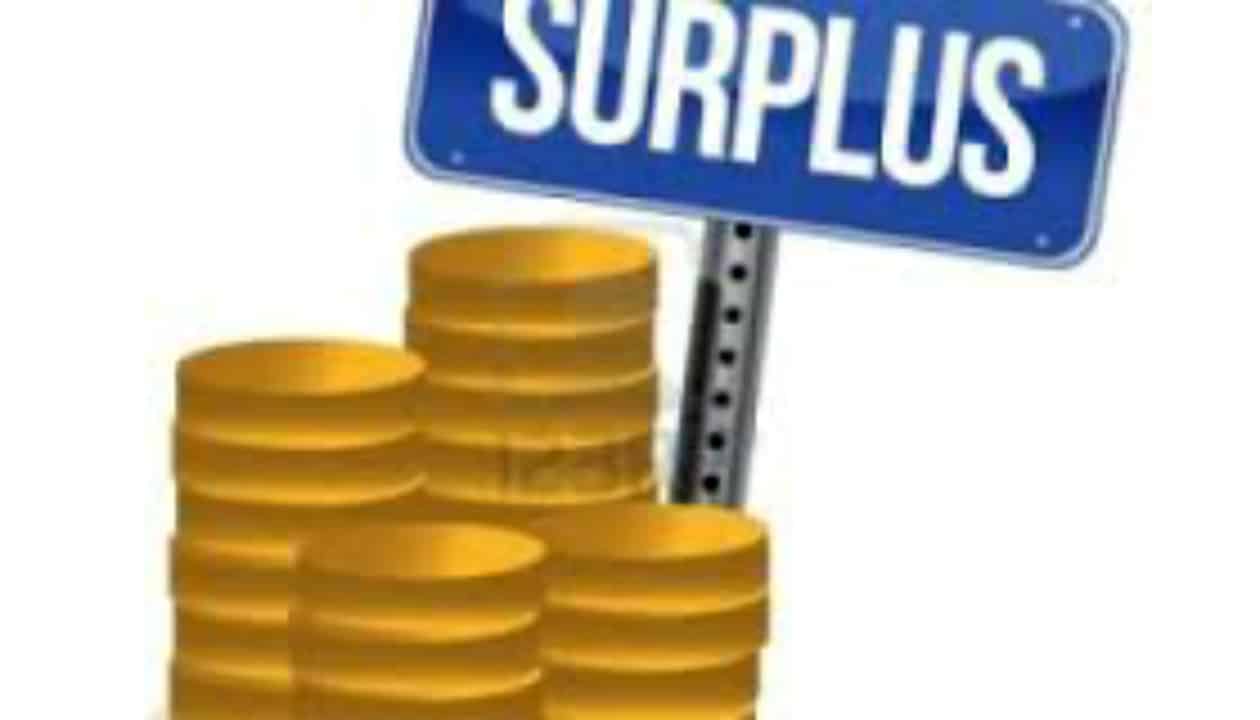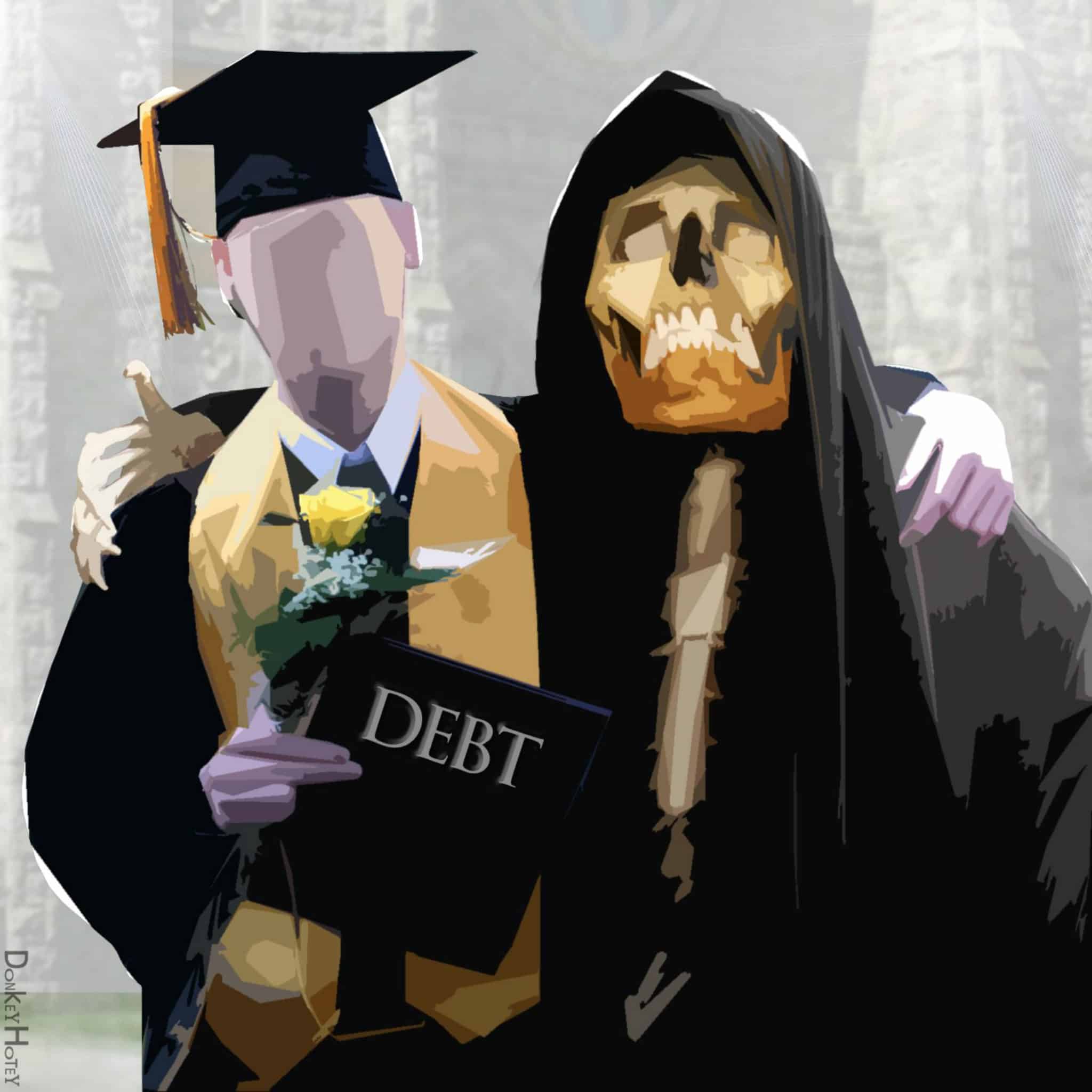Introduction
The purpose of this Brandon’s Blog is to explain to you the personal bankruptcy in Canada process. By doing so I hope it will be a less scary topic for you.
Are you insolvent?
The first step is meeting with the trustee to explore options. The first thing the licensed insolvency trustee (formerly called a bankruptcy trustee) (Trustee) needs to determine is if the person is insolvent.
Insolvent means that you cannot pay your debts as they come due and that if you liquidated all of your assets it would not be enough to repay all of your liabilities. If you’re not insolvent then you cannot take advantage of the provisions of the Bankruptcy and Insolvency Act (Canada).
What are my options?
If you’re not insolvent the options that are available to you are:
- help with your budgeting;
- perhaps credit counselling mixed in with that to help you better understand your income and expenses; and
- how to live within your means
Perhaps also there is the opportunity, if you still have a good enough credit score, to get a debt consolidation loan. This would be a loan that would be equal to the total of all your other debts but at a lower interest rate and with a smaller monthly payment than the total monthly payments you currently need to make to stay current with all your debts.
If you are insolvent then the options available to a person is either a:

The purpose and topic in this blog are bankruptcy so that is what I will focus on. There will be other videos made on the topics of a consumer proposal, budgeting, credit counselling and debt consolidation.
How does bankruptcy in Canada work?
So the personal bankruptcy in Canada process as I mentioned starts with meeting the Trustee to explore your options. Then with the Trustee, determining whether or not you are insolvent and then making the right choice. Does that mean that bankruptcy is the best process for your needs, or can you avoid bankruptcy?.
So given that we’re talking about bankruptcy in Canada, what are the steps? First, the Trustee will prepare the documentation for your review. The documentation consists mainly of the assignment in bankruptcy document, your statement of affairs and your monthly family budget.
The statement of affairs is a multi-page document that indicates what your assets are and the names and addresses and individual amounts owing to each of your creditors. Your monthly family budget shows your monthly cash in and cash out.
An important part of the bankruptcy in Canada process is rehabilitation. Financial rehabilitation. So it is expected upon entering personal bankruptcy in Canada that your monthly family budget will balance. That is your income after tax will be sufficient to pay your monthly family expenses.
What does declaring bankruptcy mean in Canada?
Once that is all prepared and you’ve sworn your statement of affairs the Trustee can begin the bankruptcy process itself. That includes e-Filing the documentation I just spoke about with the Superintendent of Bankruptcy’s local office.
The Superintendent of Bankruptcy local office representative will review it to make sure that it is all in order. Then the local office will issue a certificate confirming your bankruptcy and the appointment of the Trustee.
It is at the time when the Superintendent actually issues the certificate that the person’s bankruptcy starts.
So when bankruptcy occurs then certain things must happen. The bankruptcy administration takes place. The bankruptcy administration will include:
- Providing the trustee with any non-exempt assets that you may own. The Trustee will sell those assets to raise money to be able to make a distribution of some sort to your creditors.
- The next part of the bankruptcy administration is that the bankrupt person must attend 2 counselling sessions for personal bankruptcy in Canada. These two counselling sessions are meant to help the person financially rehabilitate themselves.
You will discuss with the Trustee things such as budgeting, issues that led you into bankruptcy and how you can correct that behaviour and any problems you might be experiencing during the bankruptcy process.
- Finally, if all goes well there is the bankruptcy discharge. That is where the person has made it through and upon their discharge, they are discharged of all of their debts other than those that might be secured, have a trust claim status or meet the definition of those few types of debts such as court fines and penalties that cannot be discharged by way of bankruptcy.
But things like credit card debt and income tax debt are discharged through the bankruptcy process.
Personal bankruptcy Canada
So if you have debt issues meet with a Trustee. There is no charge to do so and you will walk away with a better idea of how to fix your debt issues with or without resorting to personal bankruptcy in Canada.
I hope you enjoyed the bankruptcy in Canada video. The Ira Smith team is available to help you at any time. We offer sound advice and a solid plan for Starting Over Starting Now.
We understand your pain. We will make sure that no bill collectors call you. We will take all the headaches and stress you are experiencing off of your hands and put it onto our shoulders. We will fix things so that you can move forward in a healthy way, pain-free, guilt-free and debt-free.
It is not your fault that you are in this situation. You could not fix it yourself because you have only been taught the old ways. The old ways do not work anymore. The Ira Smith Team uses new ways that will return you immediately to a stress-free life while getting rid of your debt.
So that you can immediately be well on your way to debt and stress-free life in no time, for more information on a no-cost basis, please call us now.
The Ira Smith Team comprehends just how to do a complex restructuring. However, more notably, we understand the needs of the business owner or the person that has too much personal financial debt. You are worried due to the fact that you are encountering significant economic obstacles.
It is not your mistake that you are in this scenario. You have been only shown the old ways which do not function anymore. The Ira Smith Team utilizes new contemporary ways to take you out of your financial debt problems while preventing bankruptcy. We can get you financial debt relief.
The stress and anxiety placed upon you is massive. We comprehend your discomfort factors. We look at your entire situation and also devise a technique that is as special as you and also your issues; economic as well as emotional. The methods we use takes tons off of your shoulders. We devise a financial debt negotiation strategy, we understand that we can help you.
We understand that individuals encountering monetary troubles need a reasonable lifeline. There is no “one solution fits all” method with the Ira Smith Team. That is why we can create a restructuring process as unique as the financial problems and also discomfort you are encountering. If any one of these seems familiar to you and you are serious about getting a solution, contact the Ira Smith Trustee & Receiver Inc. team today.
Call us now for a no-cost appointment. We will certainly get you or your firm back driving to healthy stress-free operations as well as save you from the discomfort factors in your life, Starting Over, Starting Now.




